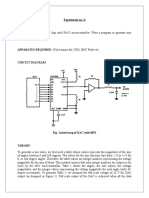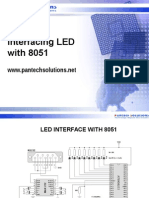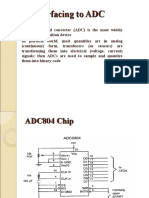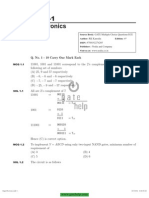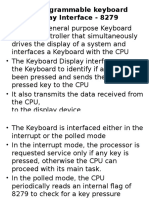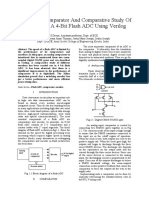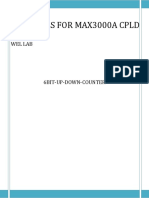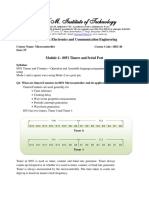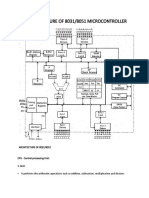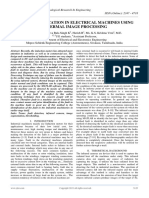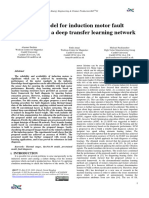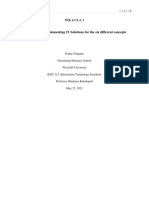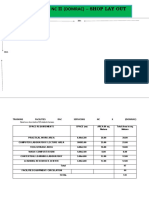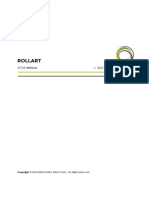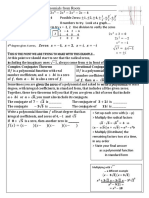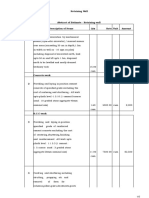0% found this document useful (0 votes)
331 views18 pagesDAC With 8051
The document discusses interfacing a digital to analog converter (DAC) with an 8051 microcontroller. Specifically, it describes using the MC1408 (DAC0808) chip, which uses an R/2R ladder method with 8-bit resolution to convert digital signals from the 8051 to analog voltages. It provides information on parameters of the DAC0808 chip and discusses generating a sine wave output by storing sine values in a lookup table and outputting the corresponding DAC values over time.
Uploaded by
BharathCopyright
© © All Rights Reserved
We take content rights seriously. If you suspect this is your content, claim it here.
Available Formats
Download as PDF, TXT or read online on Scribd
0% found this document useful (0 votes)
331 views18 pagesDAC With 8051
The document discusses interfacing a digital to analog converter (DAC) with an 8051 microcontroller. Specifically, it describes using the MC1408 (DAC0808) chip, which uses an R/2R ladder method with 8-bit resolution to convert digital signals from the 8051 to analog voltages. It provides information on parameters of the DAC0808 chip and discusses generating a sine wave output by storing sine values in a lookup table and outputting the corresponding DAC values over time.
Uploaded by
BharathCopyright
© © All Rights Reserved
We take content rights seriously. If you suspect this is your content, claim it here.
Available Formats
Download as PDF, TXT or read online on Scribd
/ 18
